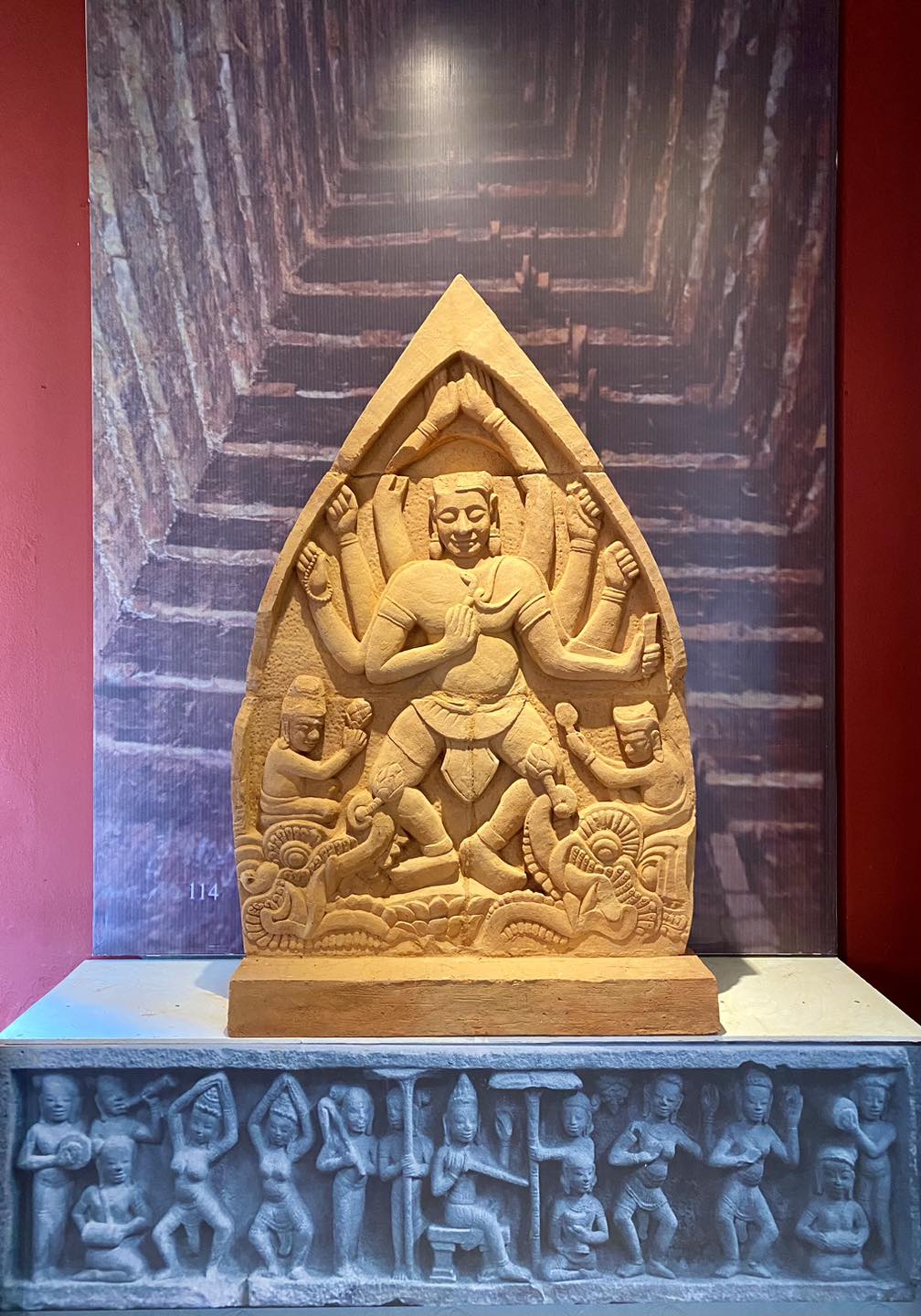ADVISE: 02839954606

ADVISE: 02839954606

Champa (Sanskrit: चम्पा, Chinese: 占婆 Chiêm Bà, Cham: ꨌꩌꨚ) or Champa (占城) was an ancient country that existed independently continuously from 192 to 1832. The territory of Champa at its widest corresponded to present-day Central Vietnam, stretching from the Hoanh Son mountain range, Quang Binh in the north to Binh Thuan in the south and from the East Sea to the western mountains of present-day Laos.
The third floor of the Clay Gallery offers visitors an immersive experience of the distinctive culture and architecture of the Chăm Pa people. Here, travelers can admire the intricately crafted Chăm pottery, each artifact showcasing the artistic beauty and unique aspects of Chăm life and culture.

A highlight of the exhibition is the collection of 11 terracotta Chăm tower models, recreating the sacred temples once scattered across the Vietnamese landscape. These models are arranged according to a map that spans from North to South, representing the areas historically inhabited by the Chăm Pa people. This setup vividly reconstructs the cultural and religious spaces they once created. From the intricate carvings to the mysterious architectural style, each Chăm tower holds within it stories of resilience and historical depth of the Chăm people.

Additionally, for those with a deep interest in Chăm Pa architecture and history, the second floor of the Curved Building houses a selection of bilingual books on these fascinating topics. Visitors are encouraged to spend a little extra time here to read and delve into the exceptional culture of the Chăm Pa people.



Soure: Facebook
From 8/19/2018 to 8/21/2018, Thanh Hà pottery village, Hoi An hội ra Thanh Pottery Festival...
Với chủ đề “Kiến trúc-Làng nghề và Di sản”, Trại sáng tác Không gian sáng tạo Hội An 2023 đã…
Nhân chuyến du lịch Hà Nội – hoạt động thường niên tổ chức vào cuối năm 2018, tập thể cán…
Nhớ buổi trưa hè một mình nằm trên ghế , lần các dòng trên tờ báo” Mua- Bán” tìm địa…
With the dream of bringing Vietnamese ceramics to the world, while preserving and promoting the…
Ashui Awards 2016 (sponsored by Vietnam Urban Planning and Development Association) has just announced the Project Award…
After more than 20 years of organization, the National Architecture Award (GTKTQG) 2016 has continued to recognize the…
